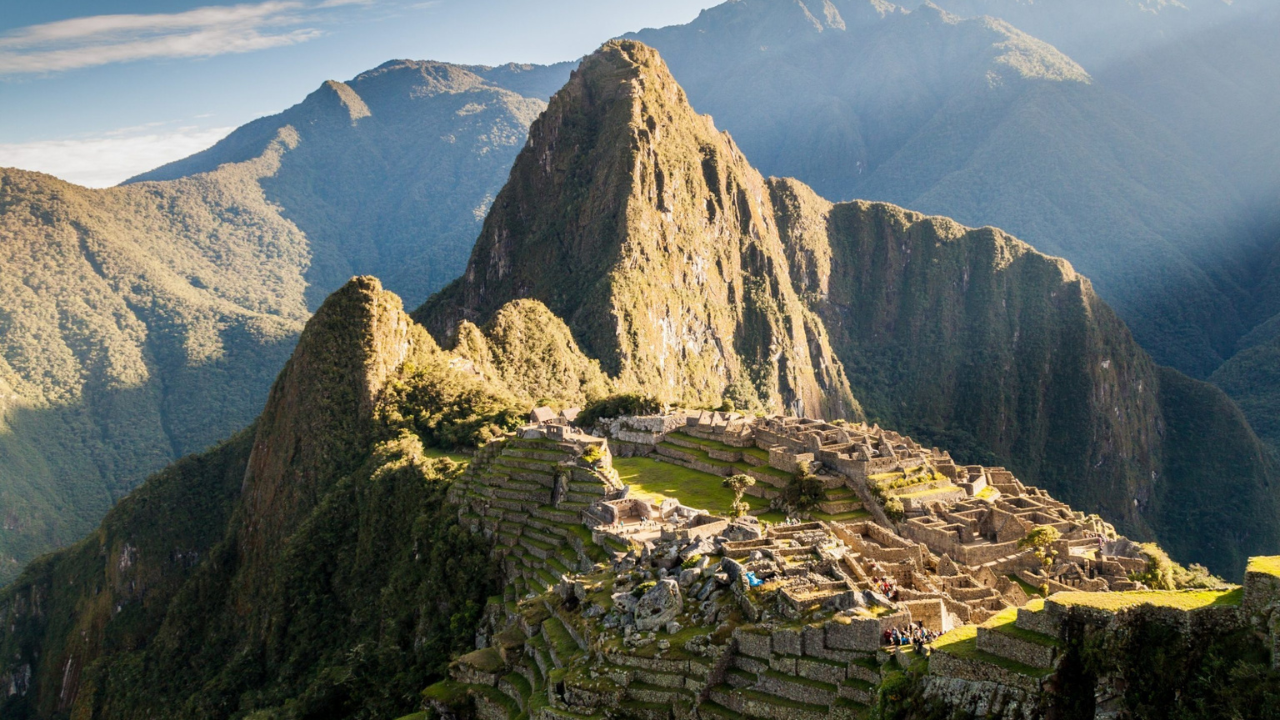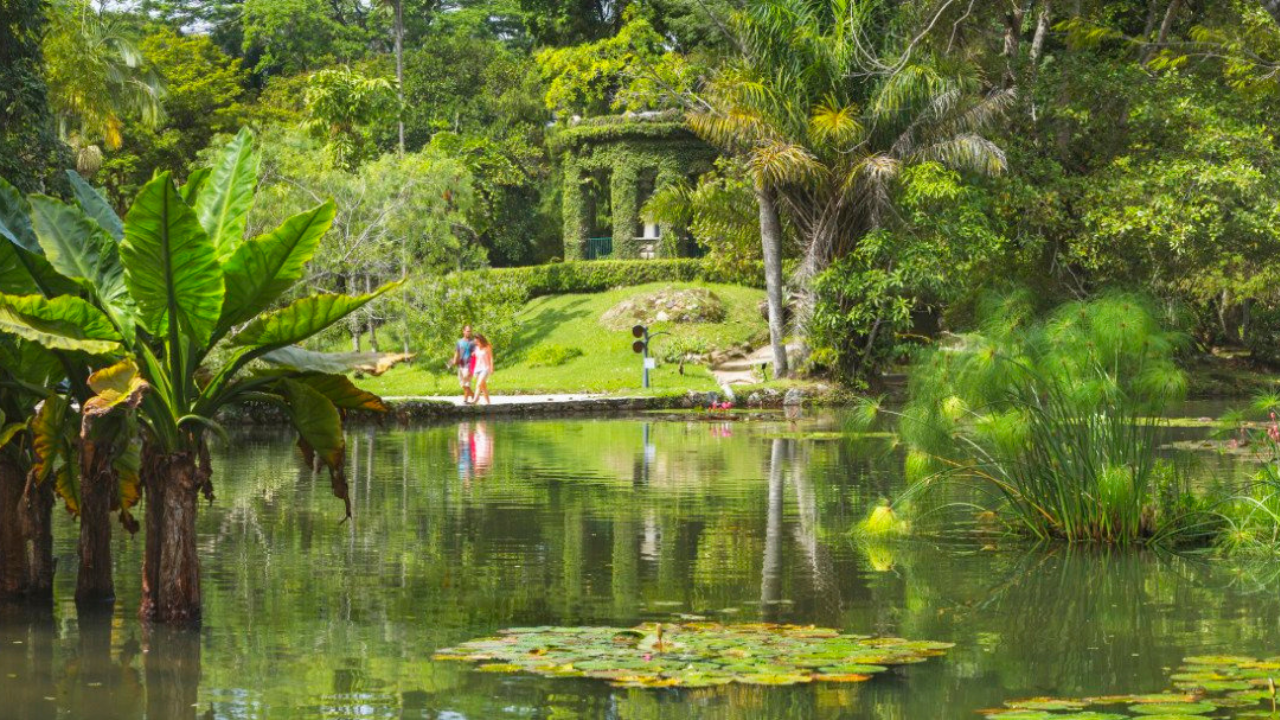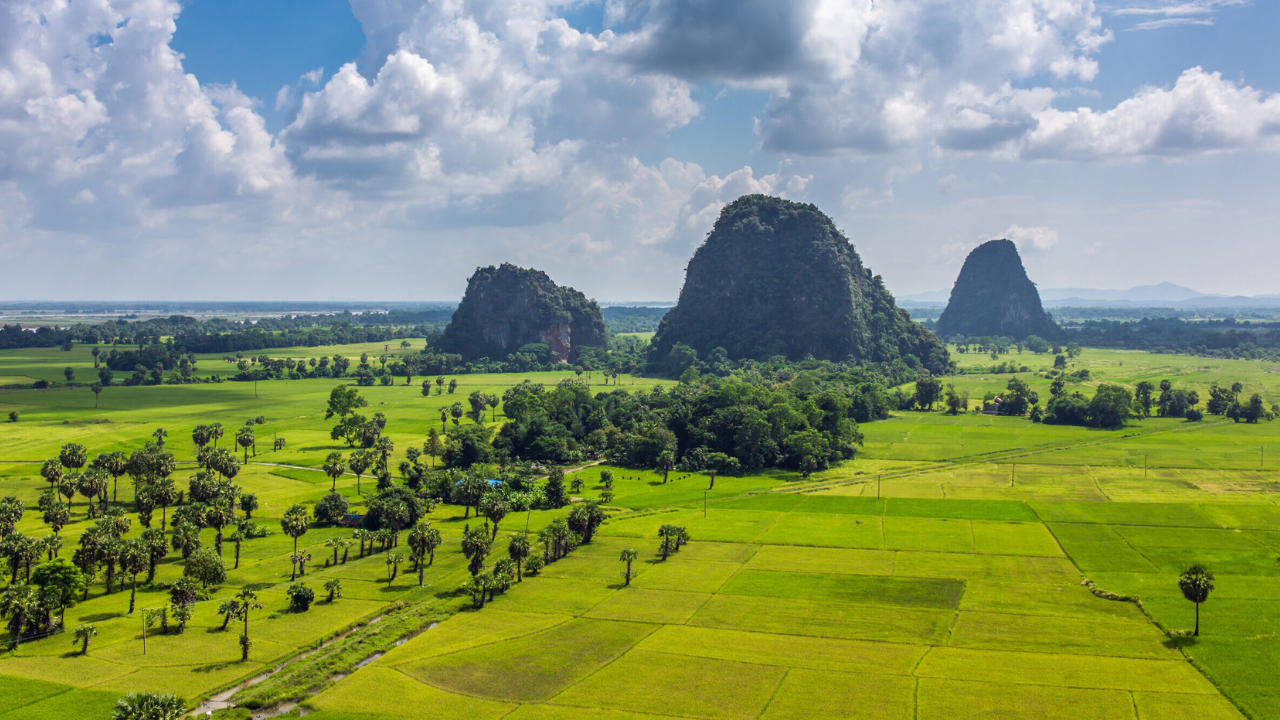
Forest Service Seeks Comments on Proposed Dam Near Holy Cross Wilderness
The U.S. Forest Service’s proposal to construct a dam near the Holy Cross Wilderness has sparked a heated debate among conservationists, outdoor enthusiasts, and local communities. Christy Schneider, a respected environmental advocate, has weighed in on the issue, highlighting the potential consequences of the project and the importance of public engagement. In this article, we’ll explore Schneider’s commentary, the implications of the proposed dam, and why this issue matters to anyone who values forests, wildlife, and outdoor recreation. Whether you’re a hiker, camper, photographer, or simply someone who cares about the environment, this discussion is both timely and critical.
The Proposed Dam: What’s at Stake?
The proposed dam, slated for construction near the Holy Cross Wilderness in Colorado, aims to address water storage and supply needs for nearby communities. However, the project has raised significant concerns about its potential impact on the surrounding ecosystem and recreational areas. Key issues include:
- Habitat Disruption: The dam could alter water flow, affecting aquatic ecosystems and wildlife habitats.
- Recreational Impact: The Holy Cross Wilderness is a popular destination for hiking, camping, and nature photography. Construction and operation of the dam could disrupt these activities.
- Cultural and Historical Significance: The area holds cultural and historical value for Indigenous communities and local residents.
- Climate Resilience: Critics argue that the dam could undermine efforts to promote climate-resilient water management practices.
Christy Schneider’s Commentary: Key Insights
Christy Schneider’s commentary on the proposed dam provides a thoughtful analysis of the project’s potential impacts and the broader implications for conservation and public engagement. Here are some of the key points she raises:
1. The Importance of Public Input
Schneider emphasizes the critical role of public comments in shaping the outcome of the project. By soliciting feedback, the Forest Service is giving stakeholders an opportunity to voice their concerns and contribute to the decision-making process. Schneider encourages individuals to submit comments, highlighting the power of collective action in influencing environmental policy.
2. Balancing Development and Conservation
The proposed dam represents a classic conflict between development and conservation. Schneider argues that while water storage is a legitimate need, it shouldn’t come at the expense of irreplaceable natural resources. She calls for a balanced approach that prioritizes sustainable solutions and minimizes environmental harm.
3. The Value of Wilderness
Schneider underscores the intrinsic value of wilderness areas like Holy Cross. These spaces provide not only recreational opportunities but also critical ecosystem services, such as clean water, carbon sequestration, and biodiversity. Protecting them is essential for both people and the planet.
4. A Call for Transparency
Schneider advocates for greater transparency in the decision-making process. She urges the Forest Service to provide clear information about the project’s potential impacts and to consider alternative solutions that could meet water needs without compromising the environment.
Why This Issue Matters
The proposed dam near Holy Cross Wilderness is more than just a local issue—it’s a microcosm of the broader challenges we face in balancing human needs with environmental protection. Here’s why it matters:
1. Protecting Biodiversity
The Holy Cross Wilderness is home to a diverse array of plant and animal species. Disrupting this ecosystem could have far-reaching consequences for biodiversity.
2. Preserving Recreational Spaces
For outdoor enthusiasts, the Holy Cross Wilderness is a haven for hiking, camping, wildlife spotting, and nature photography. The dam could diminish the quality of these experiences and limit access to the area.
3. Supporting Climate Resilience
Healthy forests and wetlands play a crucial role in mitigating climate change. Protecting these areas is essential for building climate-resilient communities.
4. Honoring Cultural Heritage
The Holy Cross Wilderness holds cultural and historical significance for Indigenous communities and local residents. Preserving this area is a matter of respect and justice.
How You Can Get Involved
Christy Schneider’s commentary is a call to action for anyone who cares about the environment. Here’s how you can make your voice heard:
- Submit a Comment: The Forest Service is soliciting public comments on the proposed dam. Visit their website to learn how to submit your feedback.
- Spread Awareness: Share information about the project with your network and encourage others to get involved.
- Support Conservation Organizations: Donate to or volunteer with organizations that are working to protect the Holy Cross Wilderness and other natural areas.
- Advocate for Sustainable Solutions: Promote policies and practices that balance water needs with environmental protection.
Final Thoughts: A Crossroads for Conservation
The proposed dam near Holy Cross Wilderness represents a critical juncture in the ongoing struggle to balance development and conservation. Christy Schneider’s commentary reminds us of the importance of public engagement, transparency, and sustainable decision-making.
As we consider the future of this cherished wilderness area, let’s remember that our actions today will shape the world we leave for future generations. By speaking up, staying informed, and advocating for responsible solutions, we can help ensure that places like Holy Cross Wilderness remain vibrant, resilient, and accessible for all.
-
Peru Approves New Innovative Environmental Policies: A Step Forward for Forest Conservation and Woodland Exploration

Spread the loveIntroduction: A New Dawn for Peru’s Natural Heritage On April 4, 2025, Peru stands at a pivotal moment in its environmental history. The Peruvian government has recently approvedContinue readingPeru Approves New Innovative Environmental Policies: A Step Forward for Forest Conservation and Woodland Exploration
-
The Legal Structure for Biodiversity Benefits-Sharing Already Exists in Brazil: Here’s How It Can Serve Communities

Spread the loveBrazil, a nation renowned for its unparalleled biodiversity, has long been a global leader in crafting policies to protect its natural heritage while ensuring equitable benefits for itsContinue readingThe Legal Structure for Biodiversity Benefits-Sharing Already Exists in Brazil: Here’s How It Can Serve Communities
-
China and Brazil’s Joint Commitment to End Illegal Deforestation: Implications for EU, UK, and US Importers

Spread the loveIn April 2023, China and Brazil unveiled a landmark joint commitment to combat illegal deforestation driven by trade, signaling a pivotal shift in global forest conservation efforts. AsContinue readingChina and Brazil’s Joint Commitment to End Illegal Deforestation: Implications for EU, UK, and US Importers

Leave a Reply